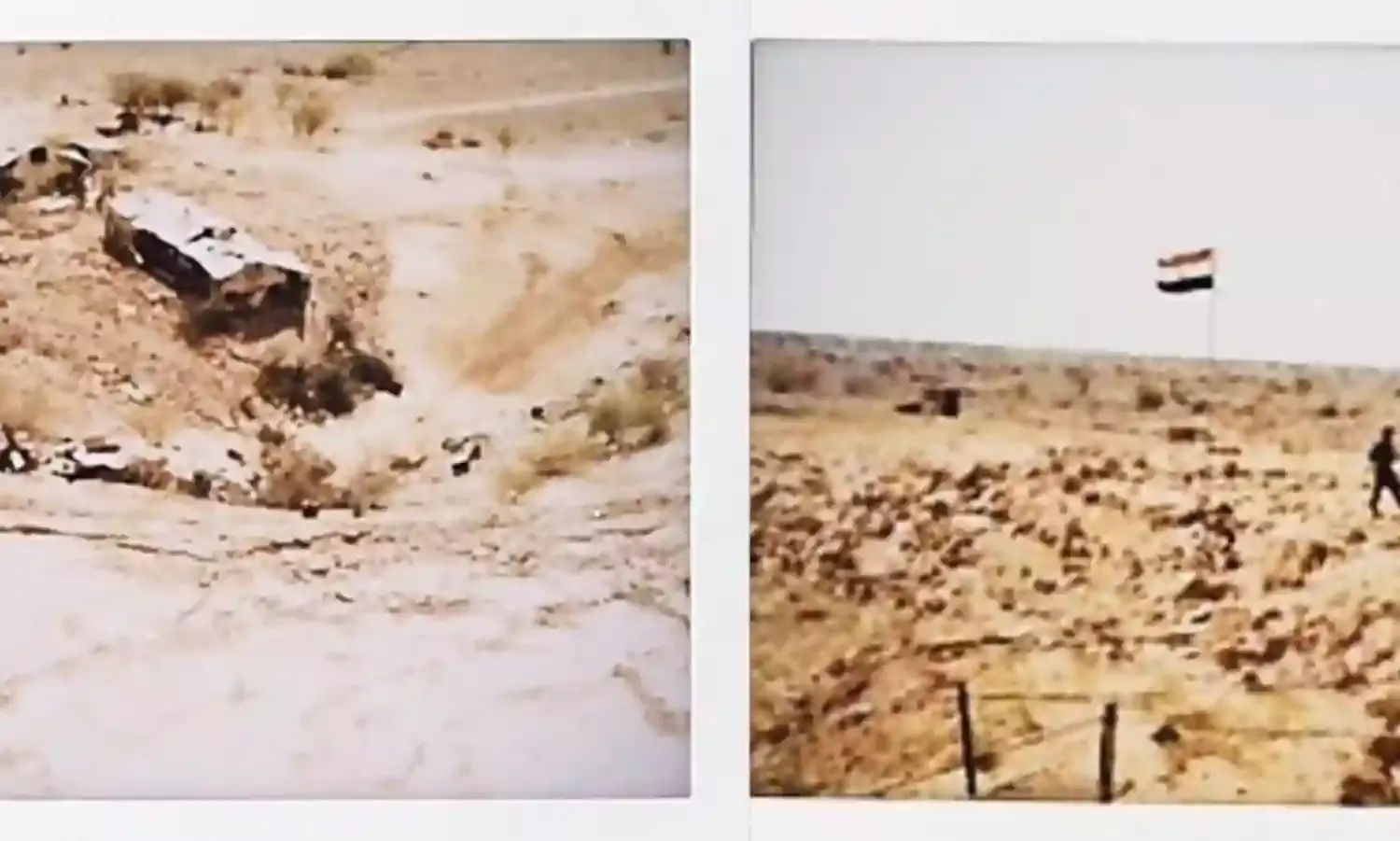Pokhran’s Disease
‘Do we learn to live with it, and do our children and their children learn to live with it?’

A grim story of a nation's atomic strength lies tucked away in a sweltering corner of Pokhran. The residents of Khetolai, Loharki are still suffering the price of India’s nuclear disaster, which was performed in the neighbouring sand dunes . . A hamlet called Khetolai, located near the India-Pakistan border by Pokhran, Rajasthan, is steadily succumbing to cancer, and children getting polio, possibly as a result of two nuclear tests that were conducted nearby.
In 1974 the Indian government conducted its first nuclear test, approximately 10 kilometres from Khetolai. People in the communities surrounding the army range were mostly oblivious of the explosion until it was broadcasted over the radio. The 1998 test, on the other hand, was conducted on a far greater scale, with army officers instructing locals to flee before the explosion. Despite these measures the tests’ breadth and lethality hit communities between two and five kilometres from the range, such as in Khetolai, Loharki, and Odhaniya.
Cancers and genetic abnormalities, birth malformations and developmental delays began to rise after the 1974 test. According to Dr Dhruv Pal, a doctor near Khetolai, “Almost every family in Pokhran or nearby areas seems to have a tragedy about a loved one who died unexpectedly of cancer. Land and dwellings were devastated as a result of ‘Smiling Buddha’ (the codename for the first explosion), crops became white, skin and eye discomfort began, and diseases followed shortly.”
The authorities contend that the villagers’ claims are unsubstantiated. But birth deformities and genetic anomalies are prevalent, according to the sarpanch of Khetolai, even in children born years after the testing. “The villages’ groundwater was poisoned, the impacts of radiation have worsened over time. Radiation from both the 1974 and 1998 tests is ingested by residents, and genetic changes are handed down through the generations,” Dr Pal told The Citizen.
Some of the isotopes disseminated in the blasts have half-lives up to 40,000 years. Despite the evident health hazards of nuclear weapons testing, the Indian government only compensated for land damage after the tests.
To corroborate the health harms documented in a number of small-scale studies around Pokhran, no research has been approved by the government, and the villages here must rely on their own estimates of cancer deaths and other ailments.
Residents are unable to demand aid since they cannot directly attribute the problem to nuclear weapons tests due to the lack of a proper study or knowledge. The environment and communities in the vicinity of Pokhran have suffered without being acknowledged or given redress.
(Swapnil Mittal)
Shingha, a farmer in Khetolai said, “Instances of deformity have increased in Khetolai, and they can be seen even in newborn calves. So many of our healthy cows have died of unexplained reasons. Our children’s growth has been hampered. And we can’t even sell our cattle because people are scared that they will be impacted by the radiation and pass it on to their livestock.”
Adding, “We have been trying to get the government’s attention for decades but it has been pointless. We have sent documents to a number of people, including ministers and other lawmakers, but no action has been taken.” He asked what he is supposed to do, as their home and their livelihood is derived from cattle, who have succumbed to such diseases.
“An underground test must have affected the soil, because there is no vegetation and people are afraid of the little that comes in. What if it is contaminated because of the radiation and we ingest it? Do we learn to live with it, and do our children and their children learn to live with it? It’s as if we’re worthless.”
A blind cow in Khetolai with lumpy skin and discoloration (Swapnil Mittal)
The sarpanch of Khetolai recalls the gloomy memories from when the bomb was tested, of seeing a massive dust cloud soar into the sky, the earth trembling, and soldiers rejoicing and chanting patriotic hymns. “It was a nuclear weapon, they claimed, and no one had ever considered us or the consequences. We had lost so many people because our nation wanted to prove its power in the world.”
Geeta Vishnoi, a resident of Khetolai, lost her daughter to cancer and is baffled as to how such a perfectly healthy little girl could acquire a tumour. “The governments never took up the subject, and even the 2018 Assembly elections went by without anybody paying attention to the people’s suffering and anguish. We were just disregarded and placed in the corner to suffer for the greater good.”
Even the government compensation was insufficient to repair their homes or treat their illnesses; and their demands for a well-equipped hospital and a disability pension were denied. The nuclear testing also wreaked havoc on the region’s fragile ecosystem, including the groundwater.
Pokhran was visited by a three-member Japanese team in 1998 aimed at raising public awareness about the deadly implications of nuclear war. “We need to boost the global anti-nuclear movement, and we’re here to show our support for peace groups in South Asia,” said team leader Ken Sakamoto. “There are no winners and survivors in a nuclear war. Peaceful relations between nations provide security.”



